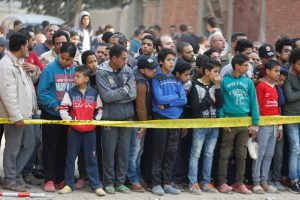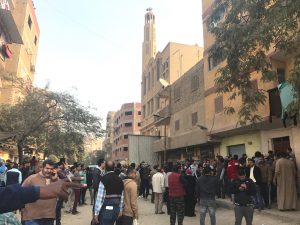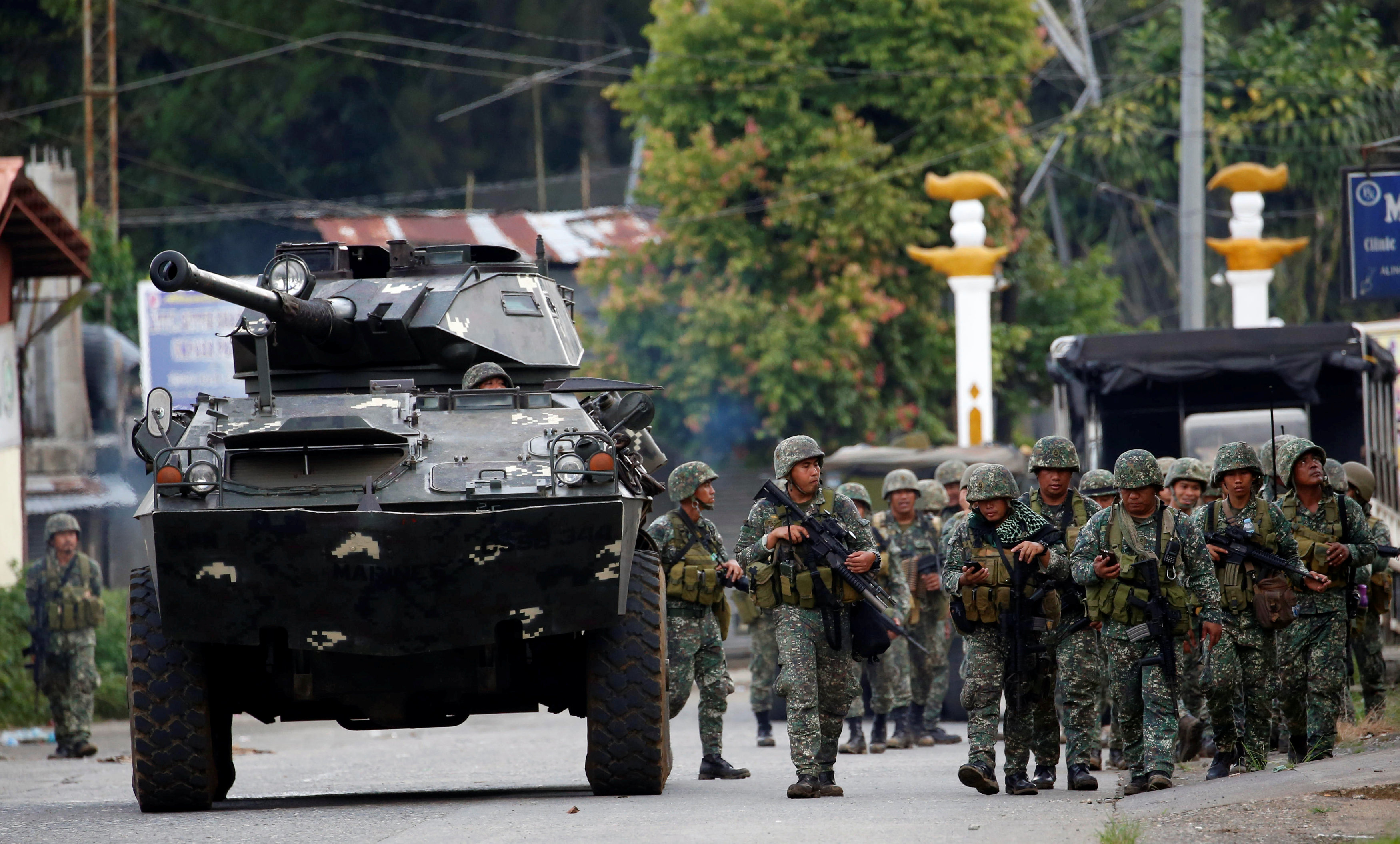
By Krisztina Than
BUDAPEST (Reuters) – A planned new Holocaust museum in Budapest has divided Hungary’s Jewish community and triggered international concerns that it will downplay the wartime role of Hungarians in the persecution and deportation of Jews.
Prime Minister Viktor Orban’s right-wing government plans to open the museum next year to commemorate the 75th anniversary of the deportati7on of Hungarian Jews to death camps in German-occupied Poland. More than half a million Hungarian Jews were among six million Jews killed in Europe during the Holocaust.
In a Sept. 7 decree, the government granted ownership of the new museum, called the House of Fates, to the Unified Hungarian Jewish Congregation (EMIH), one of the three registered Jewish groups in Hungary.
The permanent exhibition, to be set up by the EMIH with government help and housed in a former railway station, will be based on the concept of historian Maria Schmidt, who is an ally of Orban and owns a pro-government weekly.
It will use personal histories to explore the 1938-48 period in Hungary, with particular focus on children, and will also feature temporary exhibitions and education programs.
But the project, first announced in 2014, has drawn criticism from Israel’s Yad Vashem, the World Holocaust Remembrance Center.
“The museum concept clearly avoids addressing the role and responsibility of… Hungarian leaders of that era for the plight of the nation’s Jews, and their eventual abandonment to the hands of Nazi Germany,” Robert Rozett, Director of the Yad Vashem Libraries, said in a statement last month.
It also seeks to gloss over the role of ordinary Hungarian citizens, he said. “It is implied that Hungary was actually a nation of rescuers. This is a grave falsification of history.”
BLOODY HISTORY
The head of EMIH, Rabbi Slomo Koves, said the museum remained open to suggestions from others, including Yad Vashem, adding that only about half of the concept was so far ready.
Koves said he wanted to give young visitors “an emotional relation to the story” along with all relevant context.
Hungary began ostracizing and discriminating against Jews under its right-wing ruler Miklos Horthy long before World War Two when it was an ally of Nazi Germany. In 1944 the Germans invaded Hungary to stop it switching sides and in just eight weeks, with the collaboration of the authorities, some 437,000 Hungarian Jews were deported to the Auschwitz death camp.
Tens of thousands of others were herded into ghettos in Budapest and killed, mostly by Hungarians.
The World Jewish Congress has suggested that Hungary put the museum under the supervision of an international body such as Yad Vashem, the U.S. Holocaust Museum and the Federation of Hungarian Jewish Communities (MAZSIHISZ).
The chairman of MAZSIHISZ, Andras Heisler, echoed that call, adding: “We’ve received much support from the government but this… dividing of the Jewish community affects us very negatively.”
Orban told parliament this month the opening of the museum could wait until the disputes surrounding it “die down”.
Budapest already has a Holocaust Memorial Center in a former synagogue that was opened in 2004.
Orban has repeatedly declared a policy of zero tolerance on anti-Semitism but has also risked angering Jews with remarks about “ethnic homogeneity” apparently aimed at right-wing voters and has been accused of trying to whitewash Hungary’s past.
In 2014 Orban’s government erected a monument to victims of the Nazi occupation that critics said depicted Hungarians only as passive victims, absolving them of guilt. But Orban has also spoken of “the very many Hungarians who chose evil over good”.
Gergely Gulyas, Orban’s cabinet chief, said the government would bear responsibility for the content of the new museum.
“We bow our heads before the victims of the Holocaust who became victims because the Hungarian state was unable to protect its own citizens and collaborated in the deportations,” he said.
(Editing by Gareth Jones)











